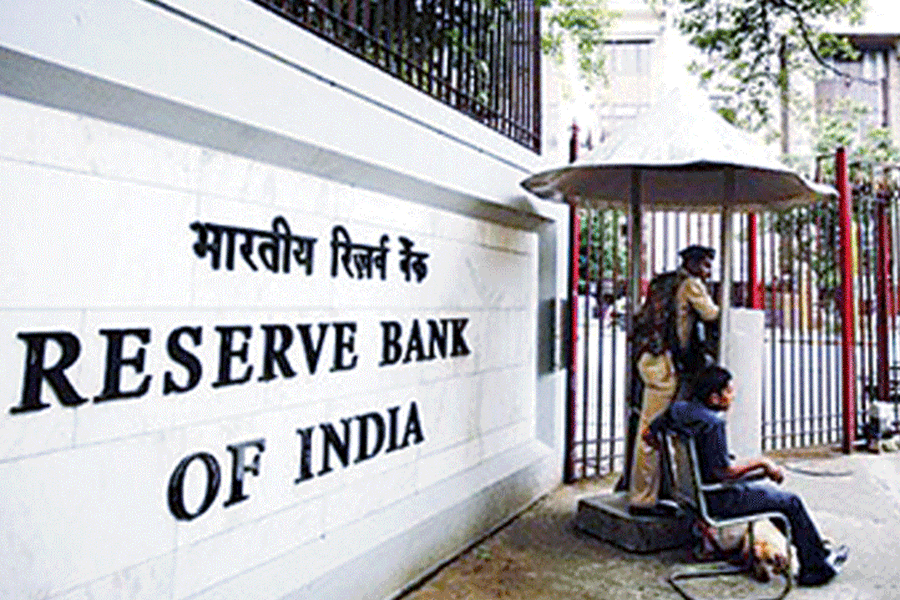Siddhartha Sanyal, chief economist and head of research at Bandhan Bank, on Friday said the Reserve Bank of India's decision to maintain the repo rate at 6.5 per cent was in line with expectations and any rate cut could only be expected from August onwards.
He also emphasised the central bank's acknowledgment of India's resilient macroeconomic environment and its resolve on curbing inflation.
Sanyal explained that the RBI's decision was supported by the trajectory of the Consumer Price Index (CPI), which remained below 4 per cent for the first two quarters of FY'25, potentially pushing the real repo rate beyond 2 per cent.
"The RBI's scope for repo rate adjustments may be limited to 50-100 basis points, a rate cut which is unlikely before August," Sanyal said.
He, however, cautioned that the timing of any rate easing would depend on global factors, such as actions taken by major central banks like the US Federal Reserve.
Shishir Baijal, chairman and managing director of Knight Frank India, welcomed the RBI's decision, highlighting its positive impact on lending rates and economic stability.
Similarly, Arun Kumar Garodia, chairman of EEPC India, noted that the decision maintains stability in monetary policy, which provides crucial support for ongoing growth across sectors.
Samantak Das, chief economist and head of research & REIS, India, JLL, praised RBI's prudent approach to monetary policy, citing it as essential for fostering a predictable interest rate environment, particularly beneficial for the housing market.
Overall, the RBI's decision to hold the repo rate reflects its commitment to supporting economic stability amid evolving global and domestic economic dynamics, he added.
On the 7 per cent GDP growth target by RBI in FY'25, Sanyal said, "Instead of viewing this as slightly lower than the previous financial year than 7.6 per cent, I believe it's crucial to recognise the significance of this moment." "This signifies another year of very strong growth for India, much stronger than most other countries in the world at this moment. It's not just about slightly lower growth; rather, it represents the highest growth among large economies," he added.
Except for the headline, this story has not been edited by The Telegraph Online staff and has been published from a syndicated feed.










